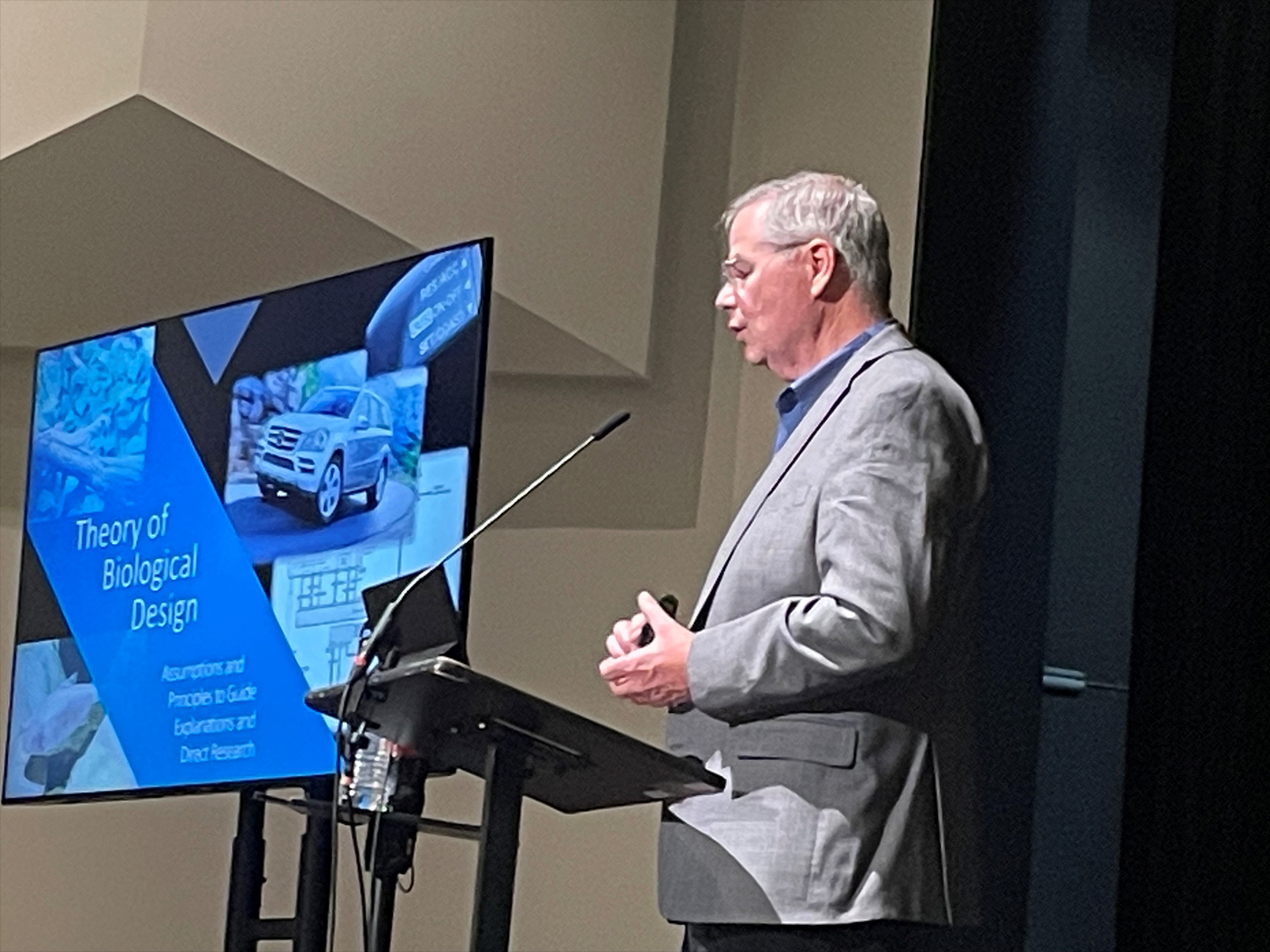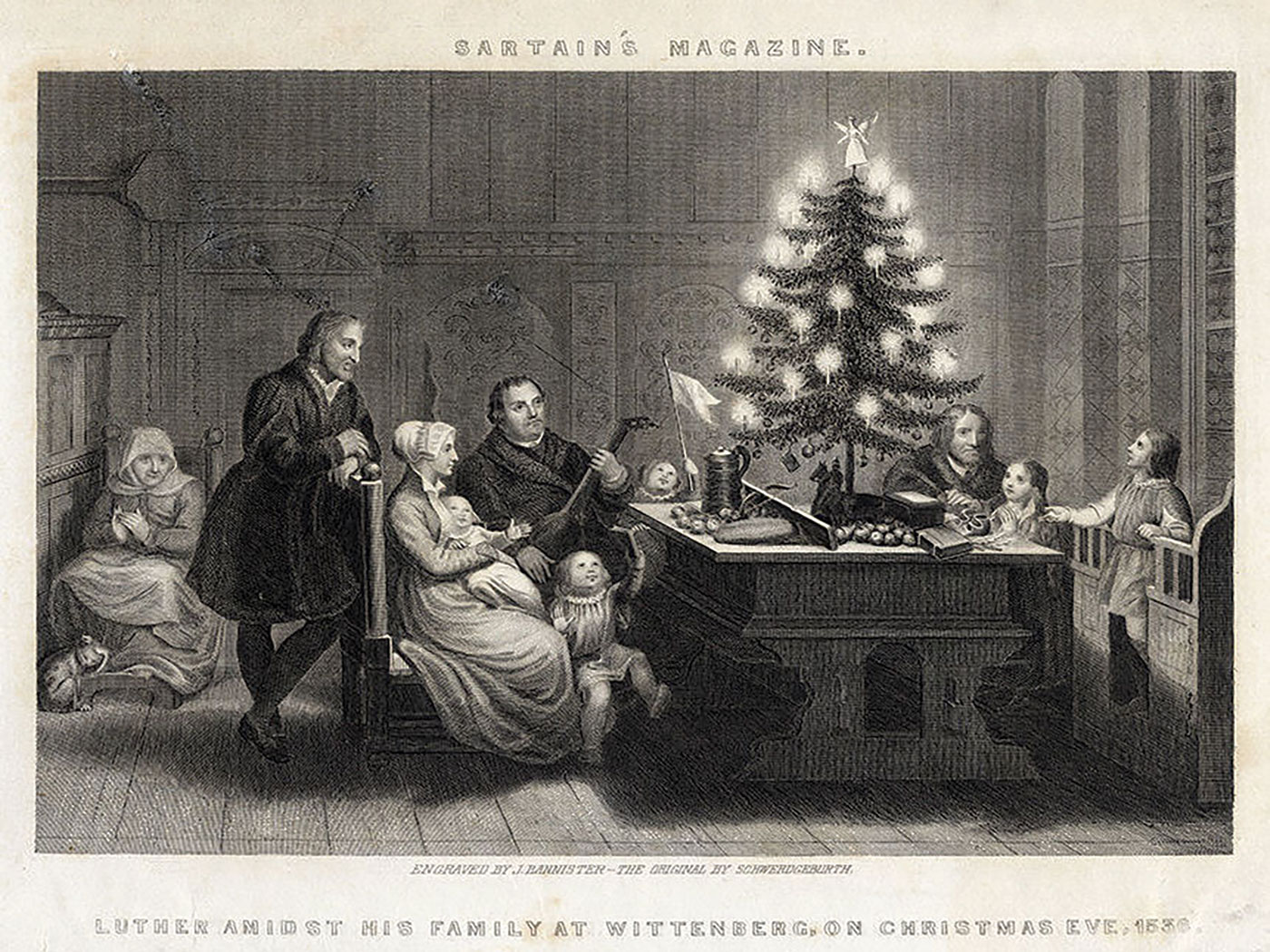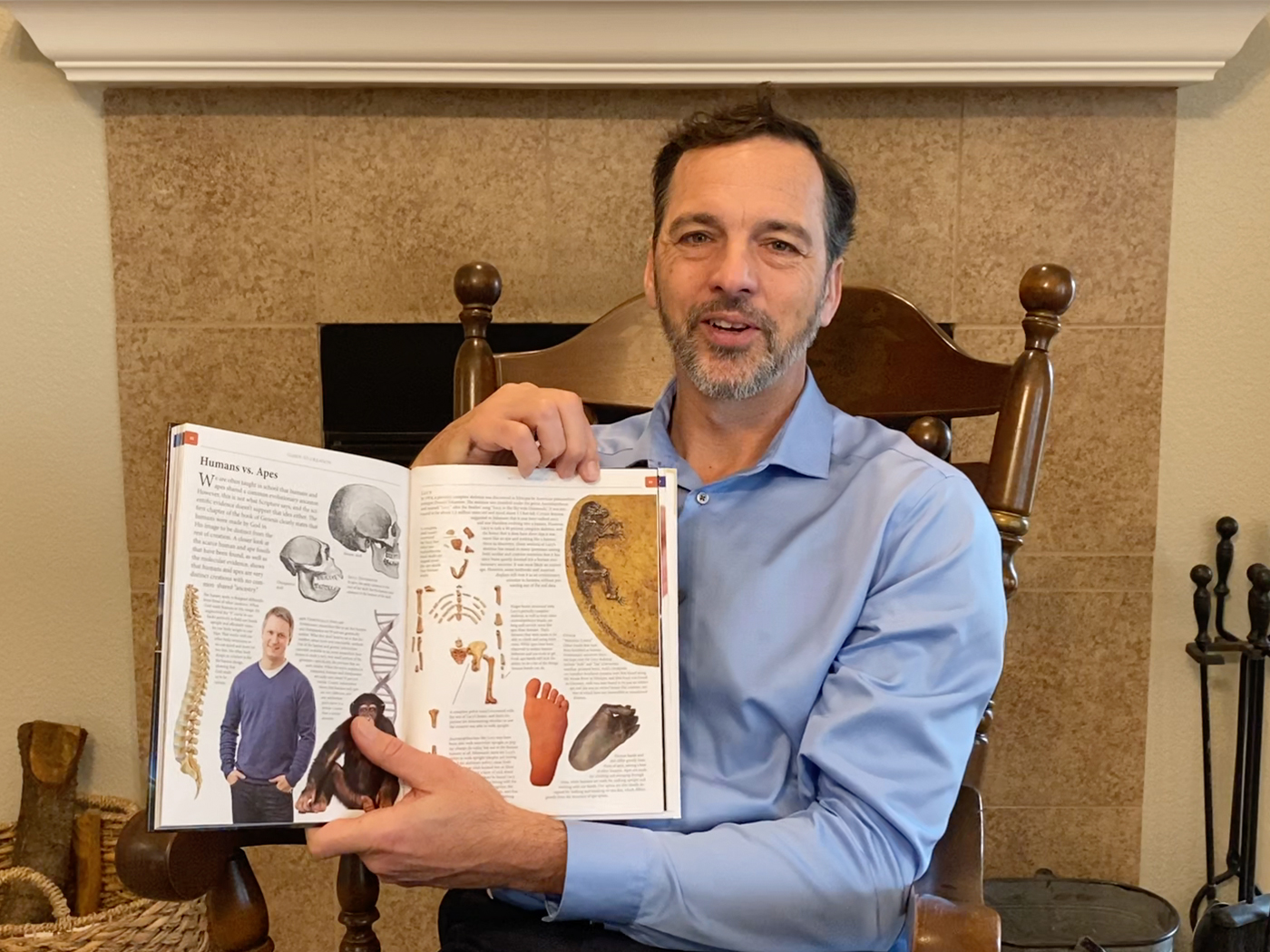Termites (order Isoptera) are eusocial—animals with an advanced social organization—insects that can number in the millions, producing something biologists call a superorganism. This is defined as a colony of termites having features of organization analogous to the properties of a single creature. These insects have the ability to digest wood due to symbiotic gut-dwelling flagellates, single-celled eukaryotic creatures that have enzymes capable of breaking down cellulose.
Creationists maintain termites have always been termites. ![]()
Creationists maintain termites have always been termites. Looking to the fossil record shows them in sediments dated by evolutionists to be “251 million years old”1—but they’re still termites as they exist today. Other evolutionists feel they originated in the Carboniferous about “359 million years ago.” Regardless, no common ancestor of termites has been discovered.
Termites may set up a small nest in the foundation of an American home, while others may build formidable mounds (termitaria) in Australia or West Africa. They use their saliva, dung, and soil to construct amazing mounds that are temperature and moisture-controlled cities for the colony. Words such as “engineering,” “mechanisms,” and “design” are constantly used in articles describing termite nest construction.
For example, with millions of termites living in a small area there is bound to be an increase in CO2 levels, with additional CO2 contribution from fungus cultivation.2 The accumulation of this gas can be toxic unless it’s dissipated to the outside through some kind of ventilation. In addition, there must be thermal insulation control. But how are such controls achieved? Good engineering design, of course.
Atmosphere and CO2 levels are exchanged via many thousands of millimeter-sized external “windows,” of sorts, in the mound’s outer wall. The termites have been designed with the ability to frequently open and close these tiny windows, based upon outside breezes and CO2 accumulation in the nest. But it wouldn’t be any good—or it may even be counterproductive—for termites to randomly open and close the windows. The numerous termites must all operate as a unit—a superorganism. Did such environmentally-induced behavior come about by time and chance, or plan and purpose?
In the article, the authors ask the following regarding one of two kinds of termite nests.
These are overtly engineer-driven questions, which logic dictates will result in engineer-based answers.
Secular scientists look to the obvious design of termite nests. Once the construction and thermoregulation questions are answered, then the knowledge gained can be applied to human building design.
Evolution’s unreliable components of chance and time are simply not part of the design perspective (Romans 1:20) seen in these sophisticated and highly successful nests.
References
1. Weesner, F. M. 1960. Evolution and Biology of the Termites. Annual Review of Entomology. 5 (1): 153-170.
2. Singh, K. et al. 2019. The architectural design of smart ventilation and drainage systems in termite nests. Science Advances. 5(3): eaat8520.
3. Termites could hold the key to self-sufficient buildings. Eurekalert. Posted on eurekalert.org September 21, 2004, accessed March 27, 2019.
*Mr. Sherwin is Research Associate at ICR. He has a master’s in zoology from the University of Northern Colorado.
















